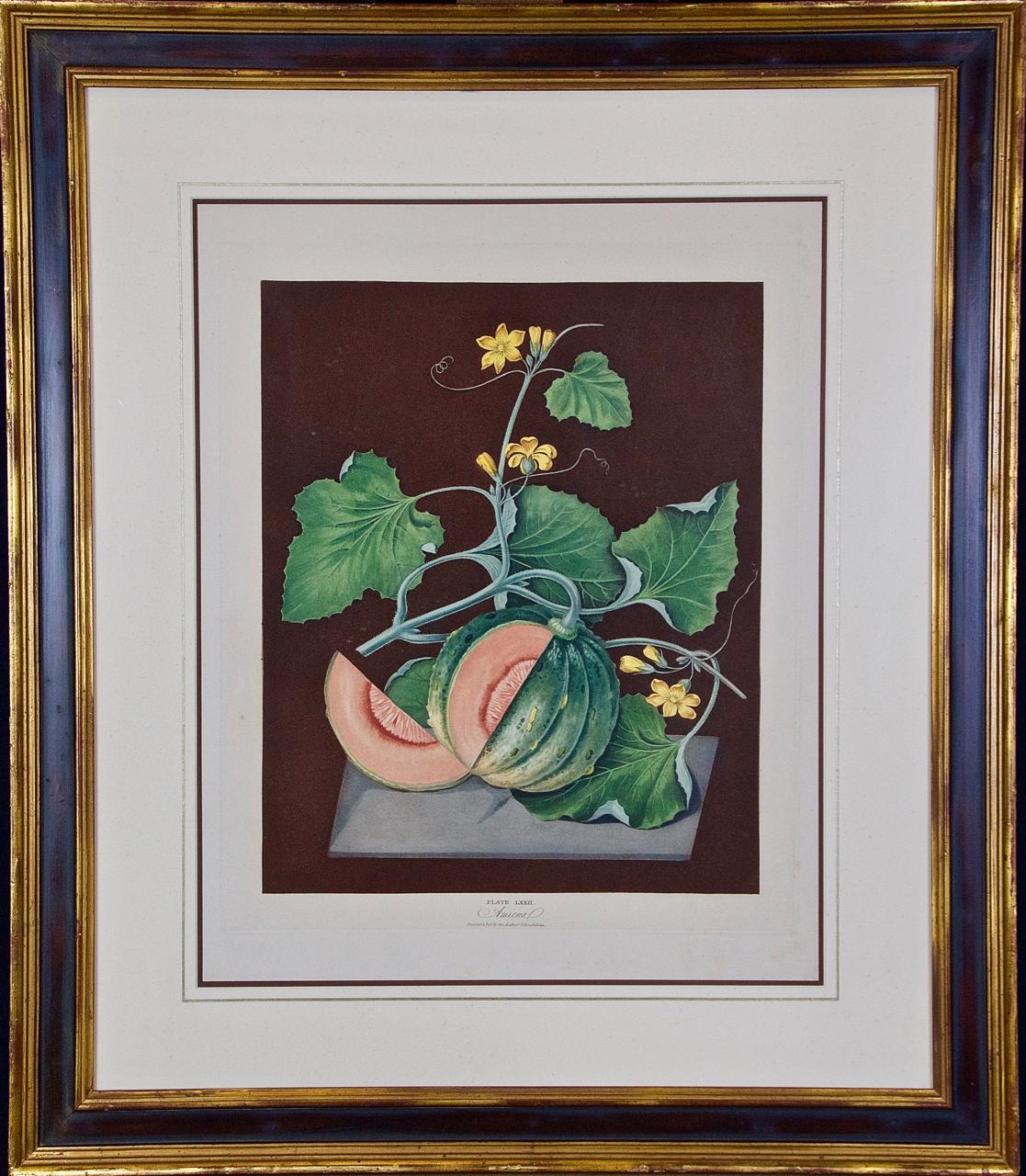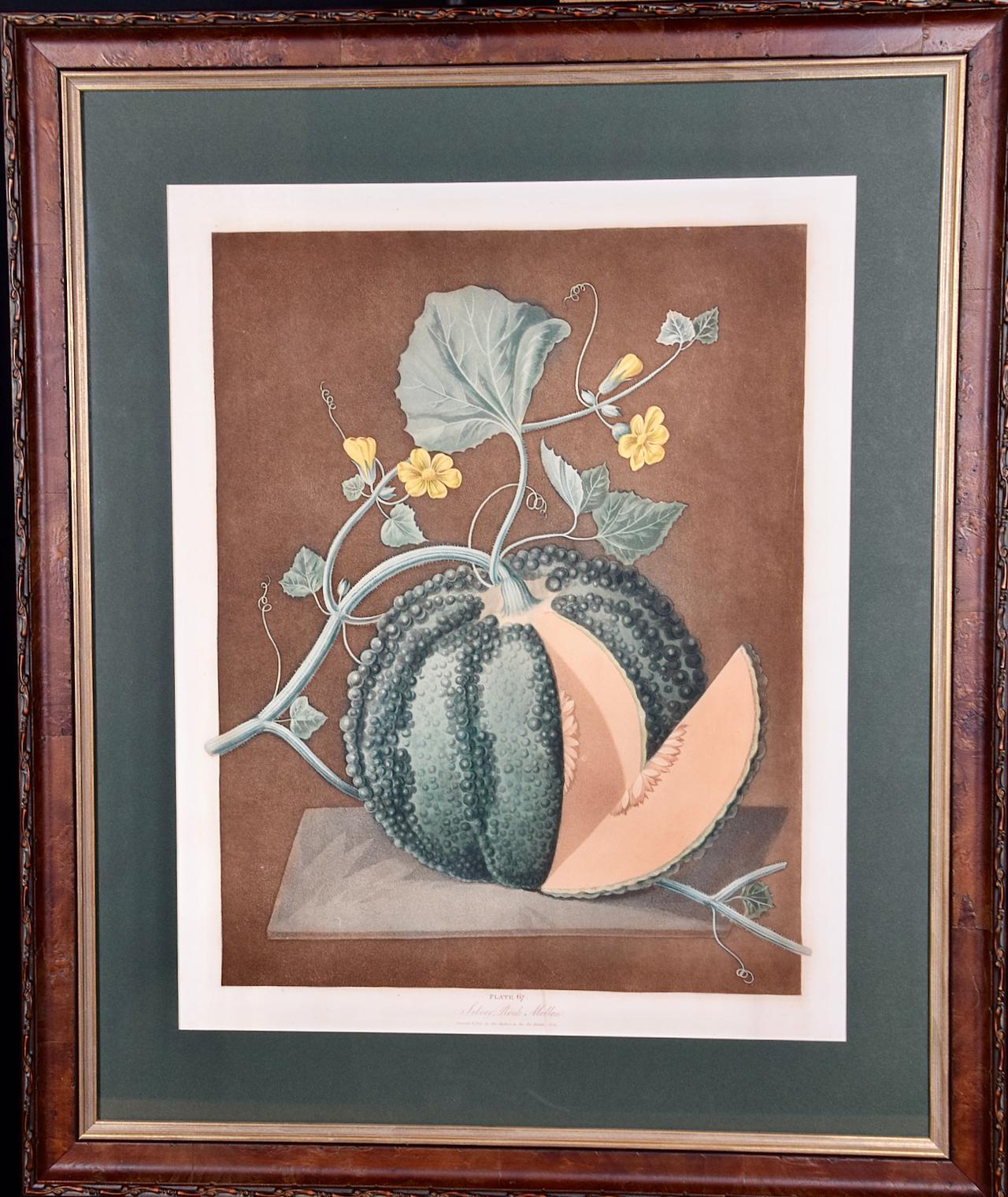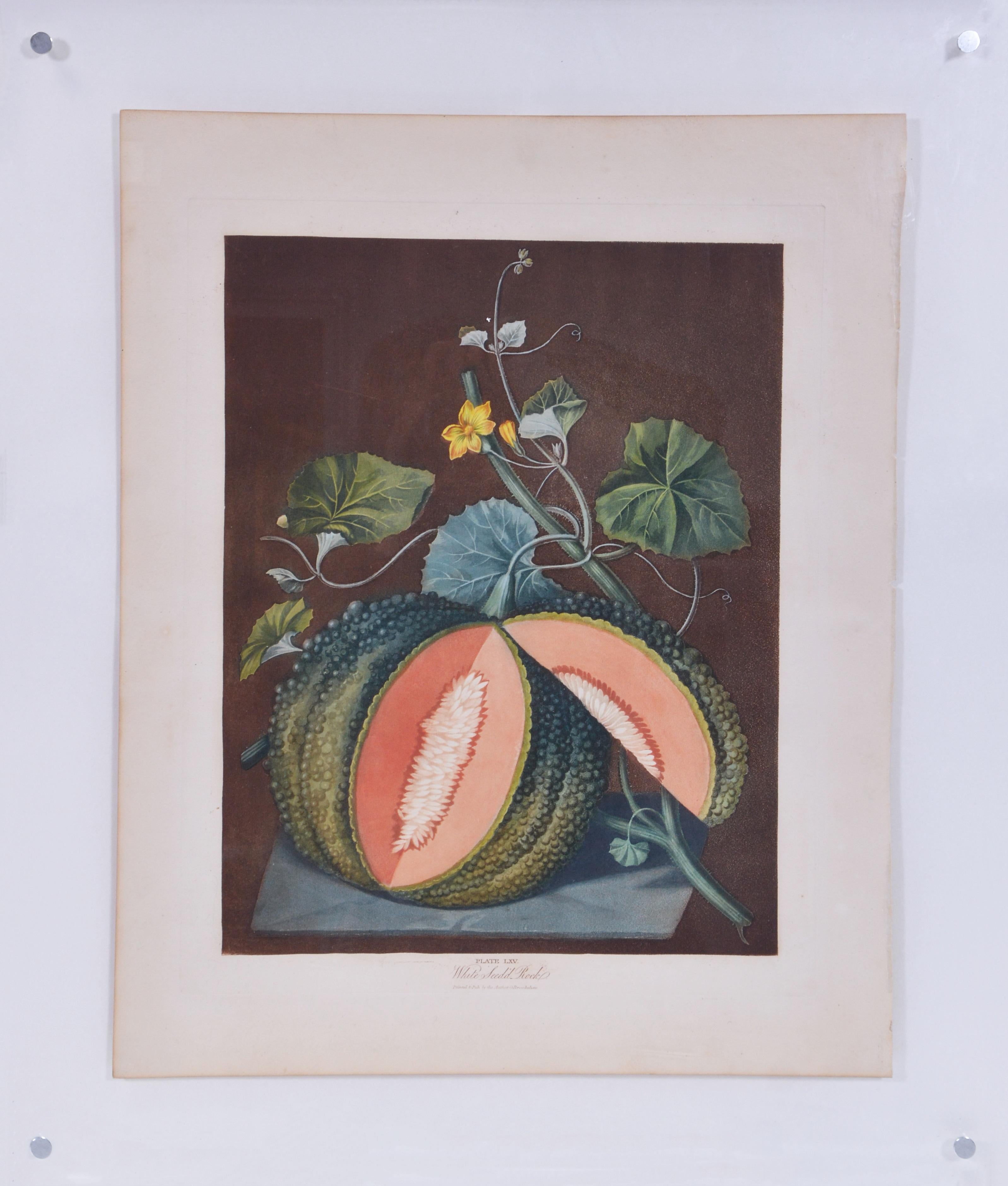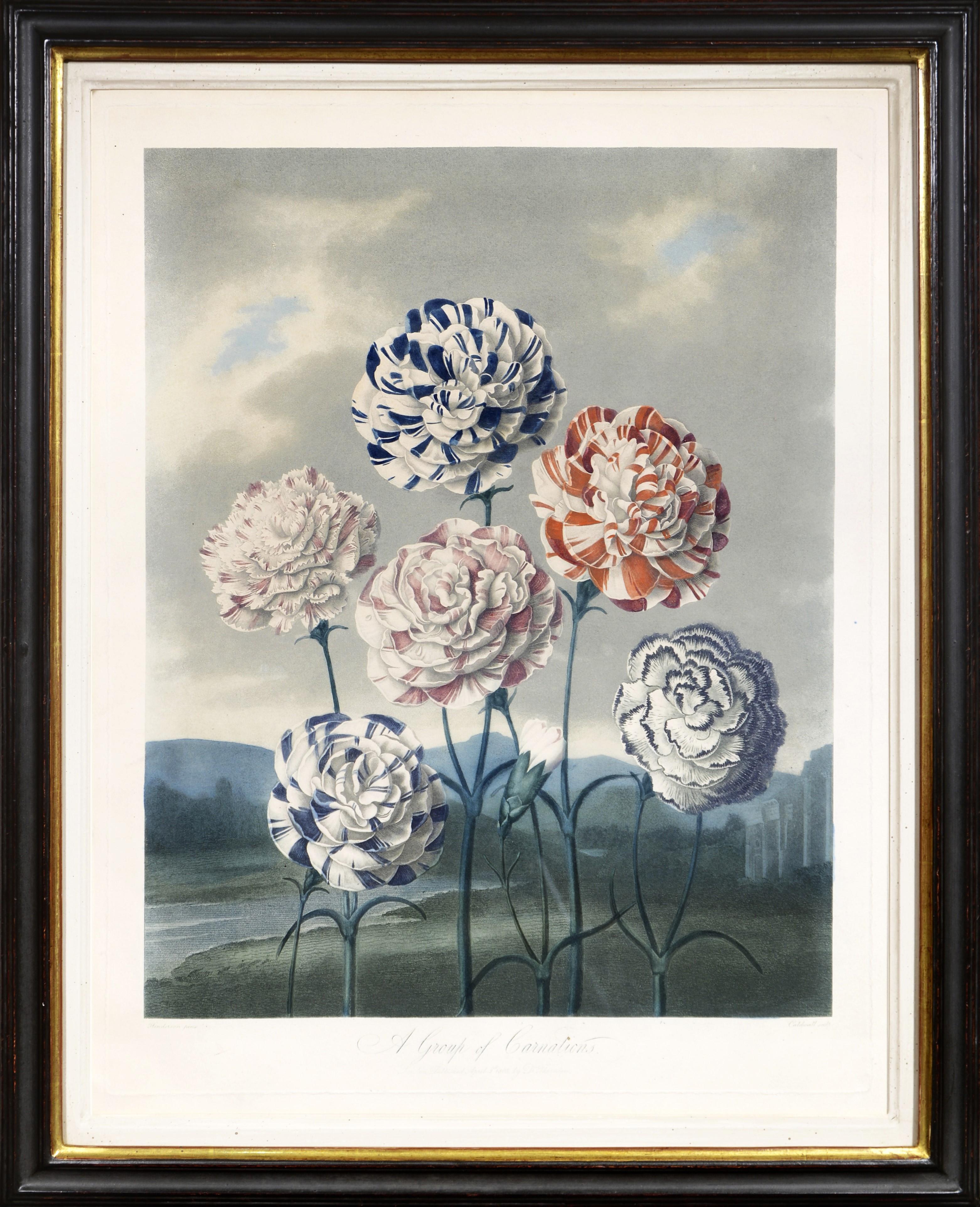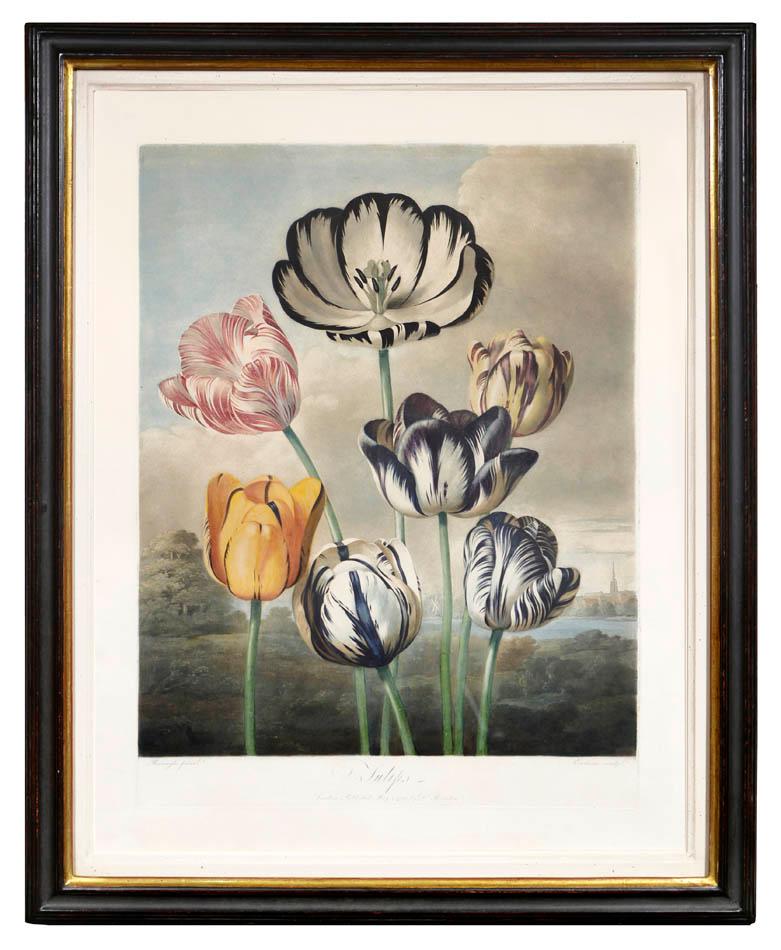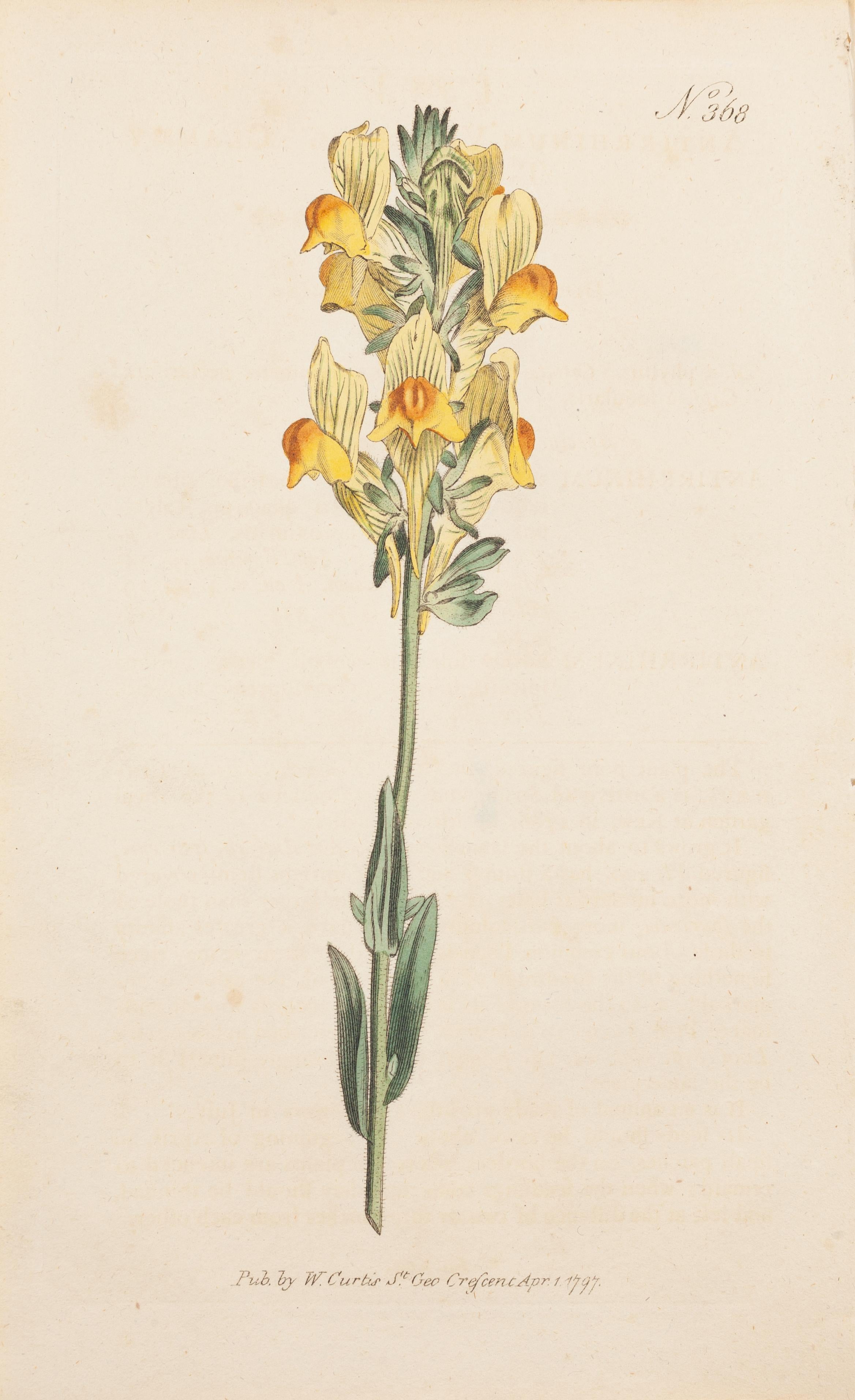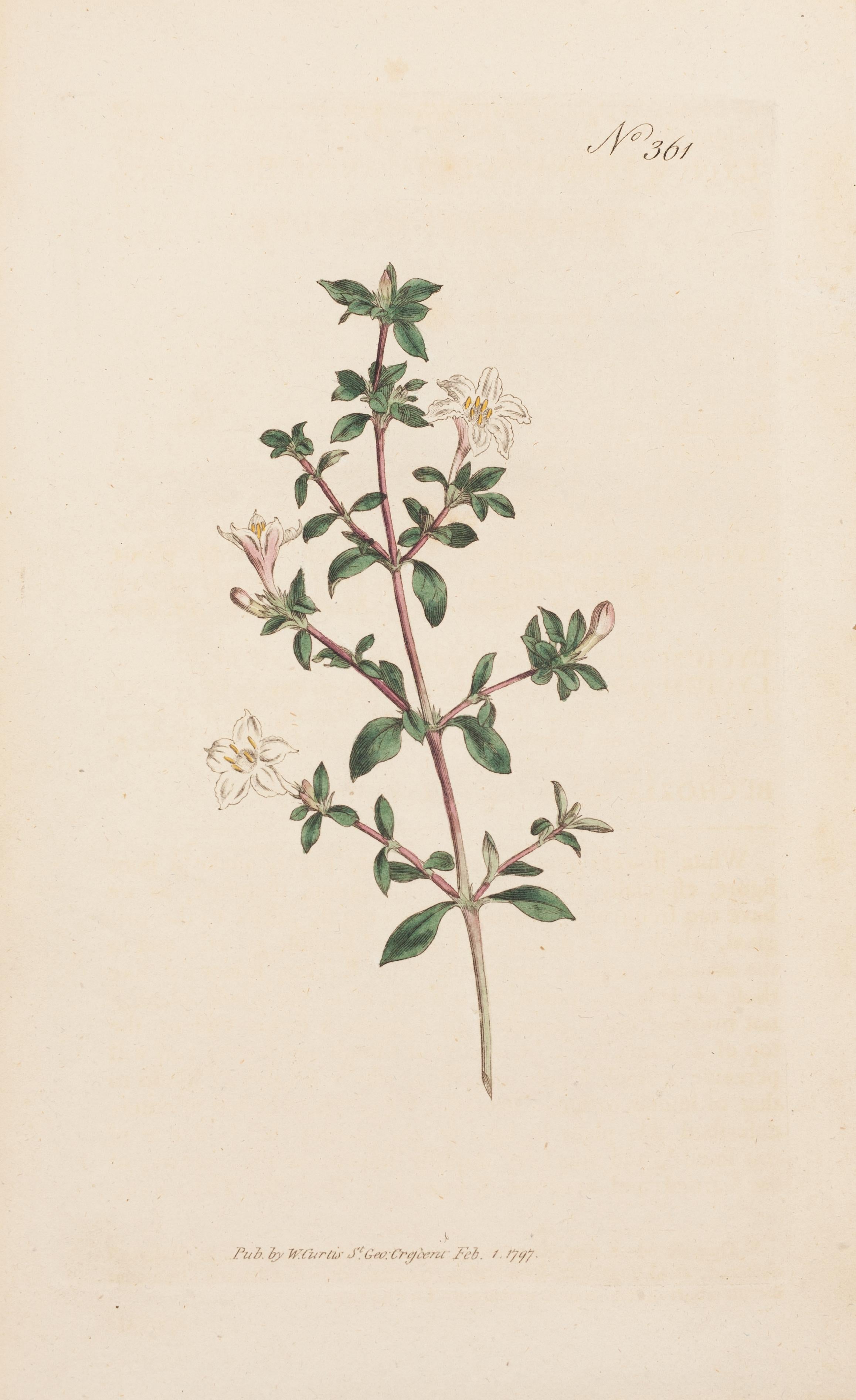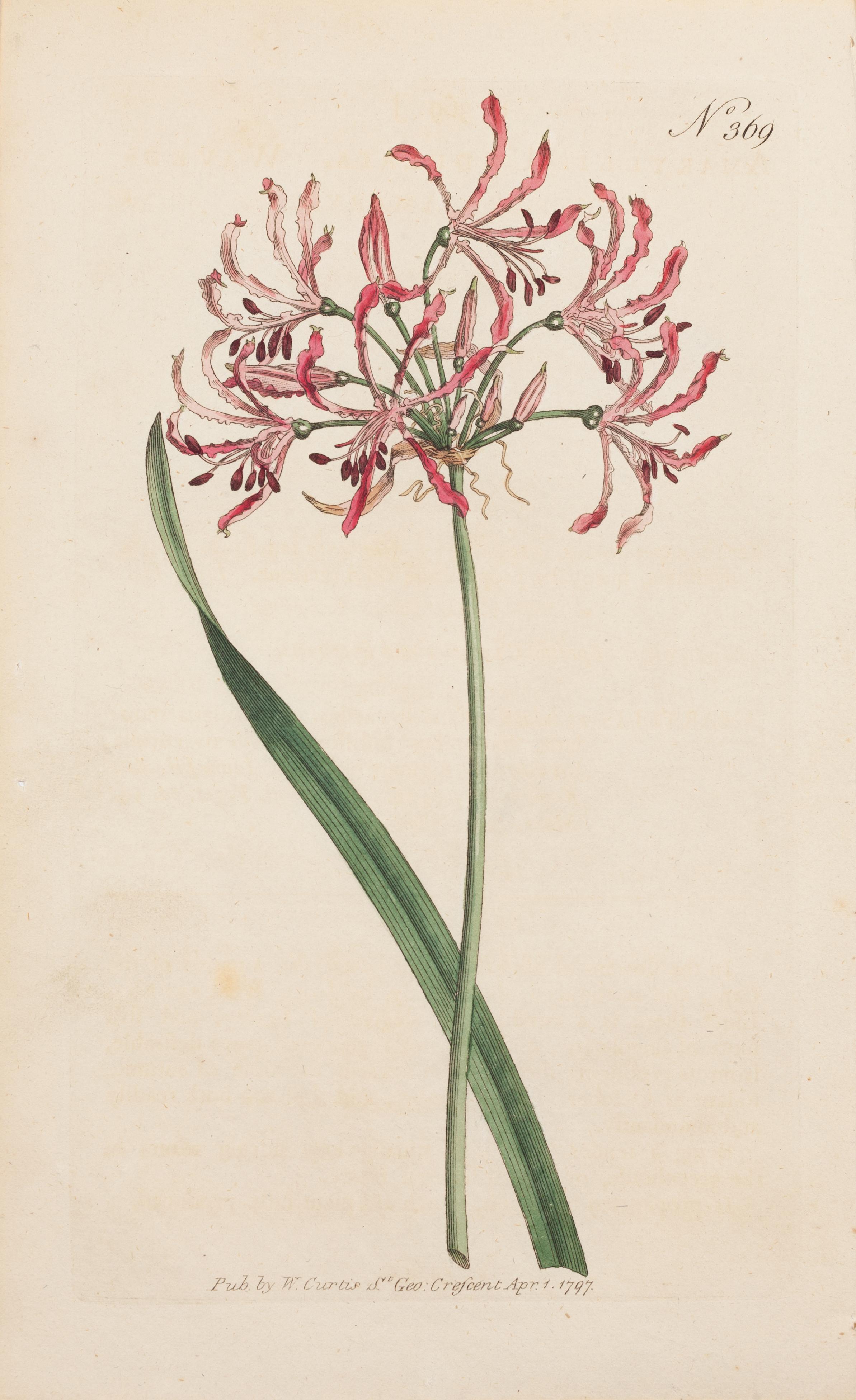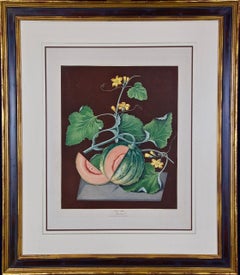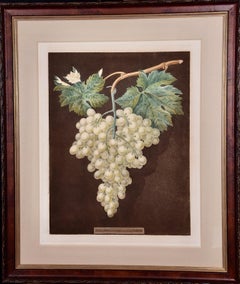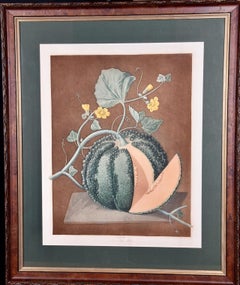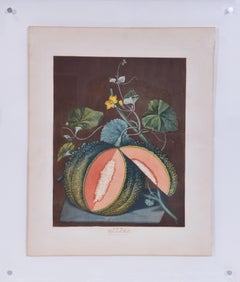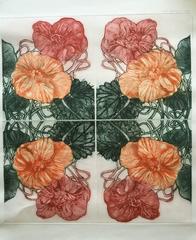
Naturuim Mirror #2
View Similar Items
1 of 5
Louis PolanskyNaturuim Mirror #2c1977
c1977
$800List Price
About the Item
- Creator:Louis Polansky
- Creation Year:c1977
- Dimensions:Height: 37 in (93.98 cm)Width: 30 in (76.2 cm)
- Medium:
- Movement & Style:
- Period:
- Condition:
- Gallery Location:Lake Worth, FL
- Reference Number:1stDibs: LU1242823363
Authenticity Guarantee
In the unlikely event there’s an issue with an item’s authenticity, contact us within 1 year for a full refund. DetailsMoney-Back Guarantee
If your item is not as described, is damaged in transit, or does not arrive, contact us within 7 days for a full refund. Details24-Hour Cancellation
You have a 24-hour grace period in which to reconsider your purchase, with no questions asked.Vetted Professional Sellers
Our world-class sellers must adhere to strict standards for service and quality, maintaining the integrity of our listings.Price-Match Guarantee
If you find that a seller listed the same item for a lower price elsewhere, we’ll match it.Trusted Global Delivery
Our best-in-class carrier network provides specialized shipping options worldwide, including custom delivery.You May Also Like
"Amicua Melon" Hand Finished Color Engraving by George Brookshaw
By George Brookshaw
Located in Alamo, CA
This is a colored aquatint and stipple engraving finished by hand entitled "Amicua Melon", drawn and engraved by George Brookshaw and published in London in 1812 as plate LXXII in hi...
Category
Early 19th Century Naturalistic Still-life Prints
Materials
Engraving, Aquatint
White Hamburgh Grape: A Framed 19th C. Color Engraving by George Brookshaw
By George Brookshaw
Located in Alamo, CA
This is a 19th century colored aquatint and stipple engraving finished by hand entitled "White Hamburgh Grape", drawn and engraved by George Brookshaw and published in London in 1812 as plate 60 in his 'Pomona Britannica; or, A Collection of the Most Esteemed Fruits'. It depicts a cluster of pale green grapes still on the vine. The vine and leaves are shown in attractive shades of green and brown. The plant lays on a brown textured background with shadows to impart 3-dimensionality. The scene is reminiscent of an engraving in an 18th century artistically stylized human anatomy atlas. There is a light brown title rectangle in the lower center which is blank, suggesting this may be a more rare preproduction proof. There are wide white margins.
This striking engraving is presented in a reddish brown decorative wood frame with a darker brown scroll-work outer trim and a gold-colored inner fillet and a thick light beige mat. The frame measures 26" high, 22" wide and 1.13" deep. It is glazed with UV conservation glass. There is a tiny spot in the lower margin on the left and another in the left margin. The print and frame are otherwise in excellent condition.
There is a second Brookshaw engraving that is framed in identical moulding, although a slightly different size and a different color mat. It depicts a Silver Rock Melon. The two prints would make a striking display pairing...
Category
Early 19th Century Naturalistic Still-life Prints
Materials
Engraving, Aquatint
Silver Rock Melon: A Framed 19th C. Color Engraving by George Brookshaw
By George Brookshaw
Located in Alamo, CA
This is a 19th century colored aquatint and stipple engraving finished by hand entitled "Silver Rock Melon", drawn and engraved by George Brookshaw and published in London in 1812 as plate 67 in his 'Pomona Britannica; or, A Collection of the Most Esteemed Fruits'. It depicts a Silver Rock Melon still on the vine, but the melon lies on a heater green mat. A wedge of the melon has been dissected to reveal its inner anatomy, including the seeds. The melon skin is a heather and light green color, while the inner portions are a light peach color. The vine and leaves are shown attractive shades of light green and there are soft yellow flowers. The plant is displayed on a light brown textured background with shadows to impart 3-dimensionality. The scene is reminiscent of an engraving in an 18th century artistically stylized human anatomy atlas. There are wide white margins. The title and inscription lies within the lower border.
This striking engraving is presented in a reddish brown decorative wood frame with a darker brown scroll-work outer trim and a gold-colored inner fillet and a thick heather green mat. The frame measures 25.75" high, 21.5" wide and 1.13" deep. It is glazed with UV conservation glass. There is a short thin vertical line of discoloration in the lower margin through the word "melon" and a tiny spot in the upper margin on the left. The print and frame are otherwise in excellent condition.
There is a second Brookshaw engraving that is framed in identical moulding, although a slightly different size and a different color mat. t depicts a cluster of grapes. The two prints would make a striking display pairing...
Category
Early 19th Century Naturalistic Still-life Prints
Materials
Engraving, Aquatint
BROOKSHAW. A Pair of Melons: White Seed'd Rock and Silver Rock Mellon
By George Brookshaw
Located in London, GB
Pair of aquatints with stipple-engraving, printed in colours and finished by hand, made for Brookshaw's most famous work "Pomona Britannica" or a "Collection of the Most Esteemed Fru...
Category
1810s Naturalistic Still-life Prints
Materials
Engraving, Handmade Paper, Aquatint
THORNTON. The Superb Lily.
By Dr. Robert John Thornton
Located in London, GB
A magnificent print by Robert John Thornton; aquatint and mezzotint, printed in colour and finished by hand, heightened with gum arabic, from The Temple of Flora...
Category
1790s Naturalistic Still-life Prints
Materials
Mezzotint, Aquatint, Handmade Paper, Engraving
THORNTON. Group of Carnations
By Dr. Robert John Thornton
Located in London, GB
Magnificent print by Robert John Thornton; aquatint and mezzotint, printed in colour and finished by hand, heightened with gum arabic, from The Temple of Flora.
[London 1799]
First state.
Thornton was a prolific medical author and became a Doctor of Medicine at St Andrews University and licentiate of the Royal College of Physicians. However, he is best remembered for this great botanical publication The Temple of Flora, which formed a part of the larger work - New Illustration of the sexual system of Linnaeus.
In 1797, he also began advertising for subscribers to his planned natural history publishing venture, which eventually comprised of 30 folio botanical plates. For these remarkable illustrations, he engaged the services of the leading artists and engravers of his day: Sir William Beechey, James Opie, Henry Raeburn, John Russell, Philip Reinagle...
Category
1790s Naturalistic Still-life Prints
Materials
Mezzotint, Aquatint, Handmade Paper, Engraving
